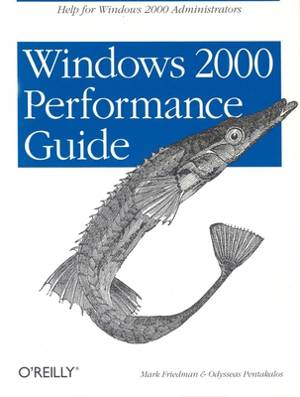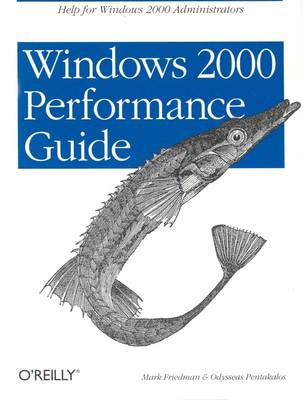
- Retrait gratuit dans votre magasin Club
- 7.000.000 titres dans notre catalogue
- Payer en toute sécurité
- Toujours un magasin près de chez vous
- Retrait gratuit dans votre magasin Club
- 7.000.0000 titres dans notre catalogue
- Payer en toute sécurité
- Toujours un magasin près de chez vous
Windows 2000 Performance Guide
Help for Windows 2000 Administrators
Mark Friedman, Odysseas PentakalosDescription
It is characteristic of most computer systems that they do not degrade gradually. The painful reality is that performance is acceptable day after day, until quite suddenly it all falls apart. When this happens, the administrator needs to be prepared to help the organization get through the crisis.Computer applications are growing ever more intelligent and easy to use. One of the by-products of making applications easier to use is that they usually also require more resources to run. And wherever productivity is a central factor in the decisions you make, performance considerations loom large and continue to play an important role in system management.Are you wondering, for example, if more expensive equipment would give better performance? The answer is often yes, but not always. This book will show you why it is important to understand the performance characteristics of the hardware and of the workload, and how they match up against each other. Windows 2000 Performance Guide takes you through problem solving techniques like measurement methodology, workload characterization, benchmarking, decomposition techniques, and analytic queuing models.This book covers:
- Processor performanceApplication profiling and hardware considerationsMultiprocessingMemory and pagingFile cacheDisk performanceNetworkingIIS
Spécifications
Parties prenantes
- Auteur(s) :
- Editeur:
Contenu
- Nombre de pages :
- 720
- Langue:
- Anglais
Caractéristiques
- EAN:
- 9781565924666
- Date de parution :
- 22-01-02
- Format:
- Livre broché
- Format numérique:
- Trade paperback (VS)
- Dimensions :
- 180 mm x 233 mm
- Poids :
- 1006 g

Les avis
Nous publions uniquement les avis qui respectent les conditions requises. Consultez nos conditions pour les avis.






